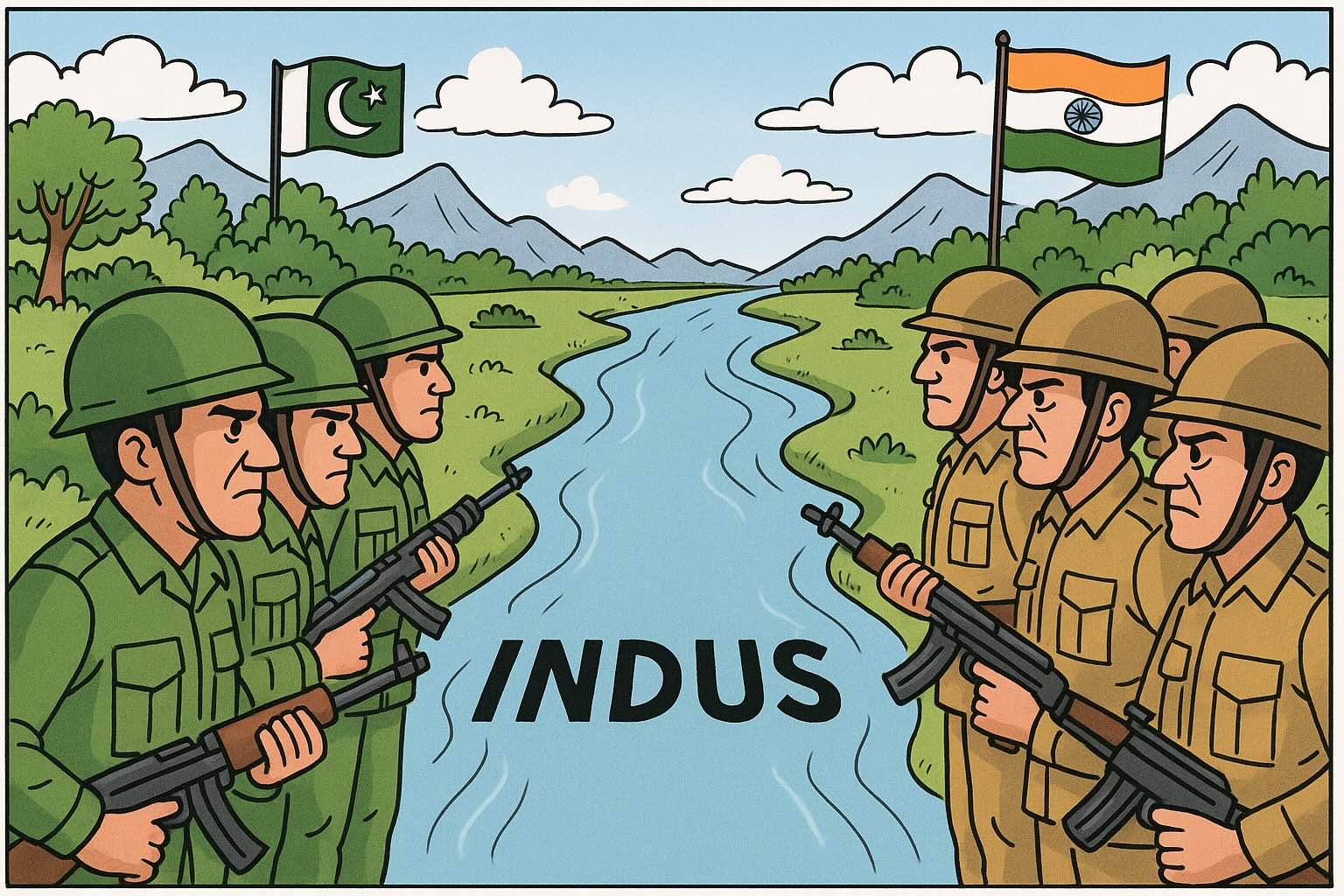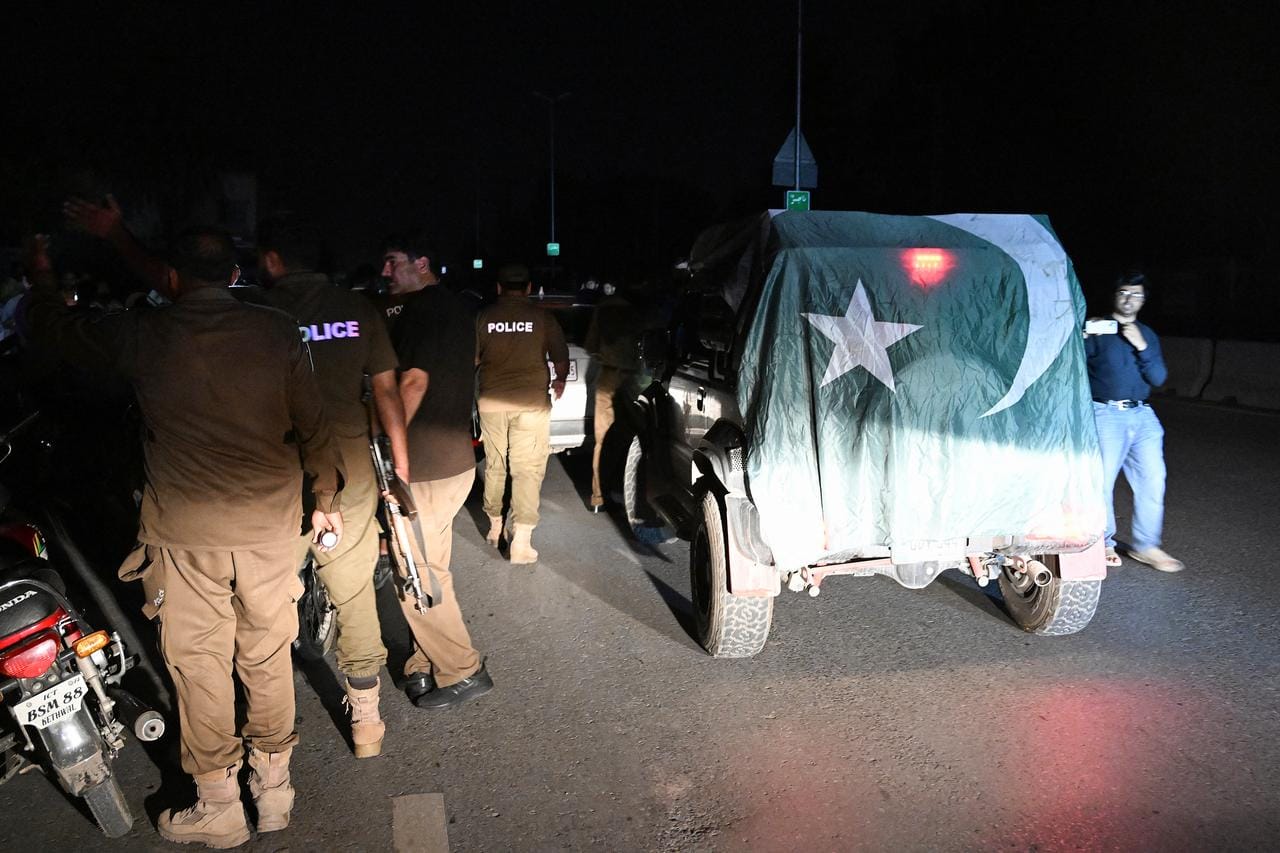The Pahalgam attack in Kashmir has once again brought the India-Pakistan relationship into sharp focus. In the aftermath of such violent incidents, there is often a renewed scrutiny of the strategic levers both states hold over each other. One such lever—frequently invoked in times of heightened tensions—is the Indus Waters Treaty (IWT) of 1960. Signed with World Bank mediation, the IWT is widely regarded as one of the most successful water-sharing agreements in history. Despite multiple wars and skirmishes, the treaty has endured. But with accelerating climate stress, dwindling water resources, and shifting geopolitical dynamics, its resilience is being tested like never before.
The Treaty: A Brief Overview
References
1. Intergovernmental Panel on Climate Change (IPCC), 2023. AR6 Climate Change Report.
2. Gleick, P. (1993). Water and Conflict: Fresh Water Resources and International Security. International Security, 18(1), 79–112.
3. United Nations Development Programme (UNDP), 2022. Water Scarcity in Pakistan: Issues and Options.
4. Wolf, A. T., Yoffe, S. B., & Giordano, M. (2003). International Waters: Identifying Basins at Risk. Water Policy, 5(1), 29–60.
5. Wirsing, R. G., & Jasparro, C. (2007). River Rivalry: Water Disputes, Militarization, and Hydrohegemony in South Asia. NBR Special Report.
All the views and opinions expressed are those of the author. Image Credit: The Viyug.
About the Author
Jaiee Ashtekar holds a bachelor’s degree and a master’s degree in political science from the University of Mumbai. She holds a post-graduate diploma in international relations from the University of Strathclyde, United Kingdom (UK). She has done projects titled “Kashmir through Political Perception” and “Water issues between India and Pakistan.”



